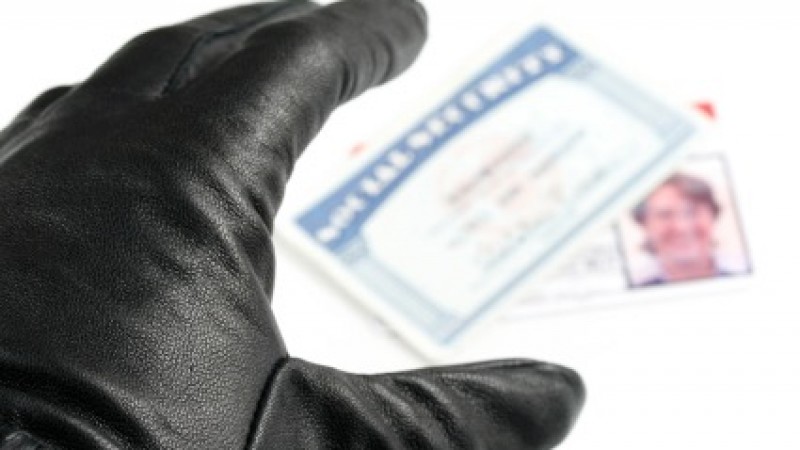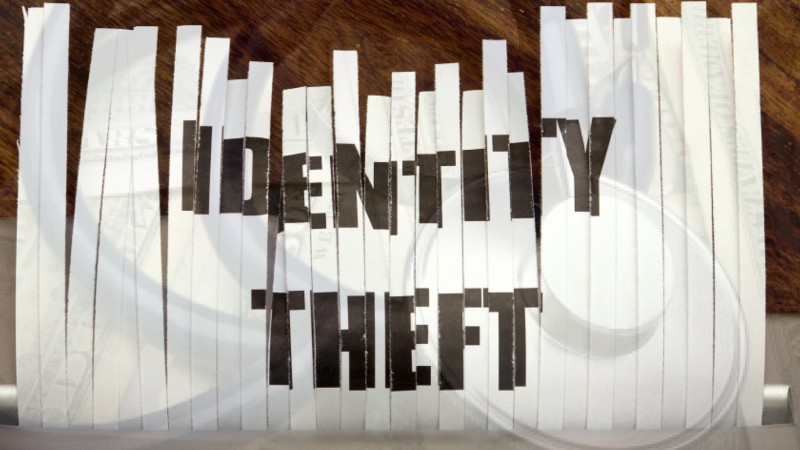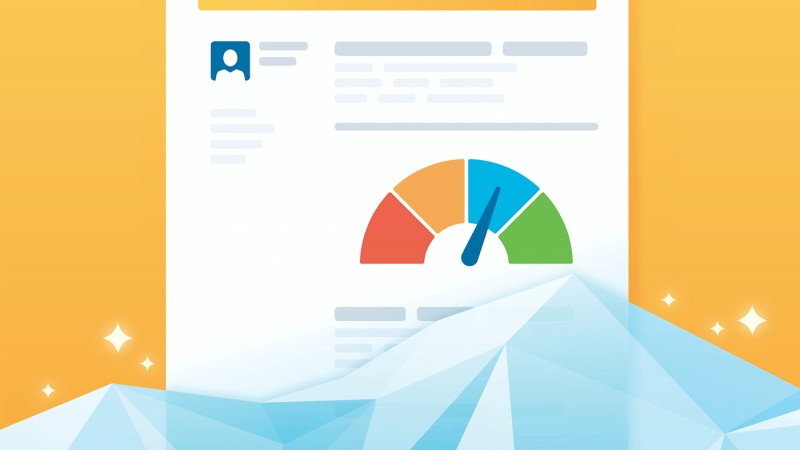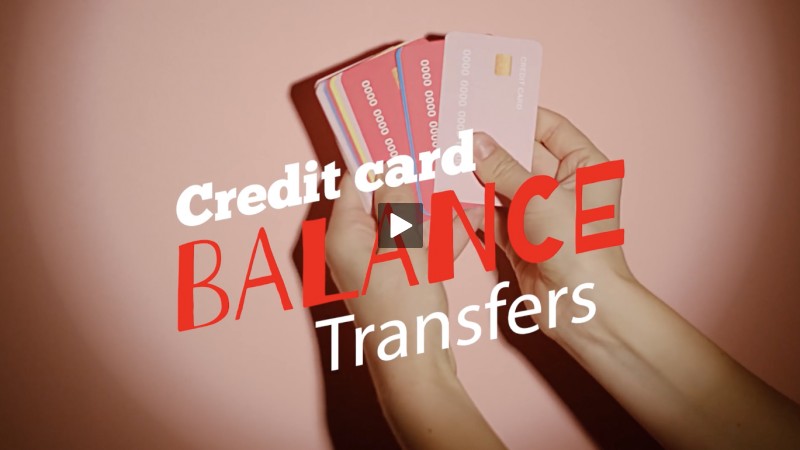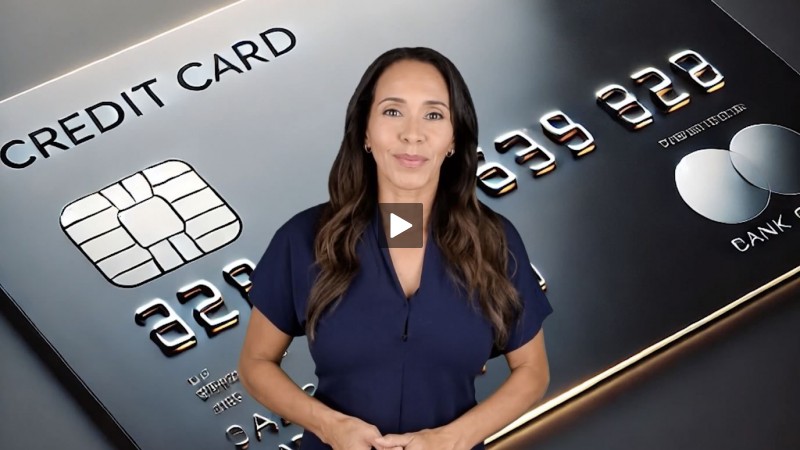Tips for Reducing Your Identity Theft Risk
- Details
- Written by Remar Sutton
- Category: Articles

What do data breaches, software and hardware security vulnerabilities, phishing emails, and malware have in common? They attempt to steal or put at risk your personal and financial information which increases your chances of becoming a victim of identity theft. Identity theft occurs when someone uses your personal information to make purchases, open accounts, get medical treatment, or file taxes. You can't prevent identity theft but you can take steps to reduce your risk.
You can't prevent identity theft but you can take steps to reduce your risk.
Forms of Identity Theft
There are many forms of identity theft.
Financial Identity Theft
Financial identity theft occurs when your credit or debit card information is used to purchase products or services. It also occurs when your social security number and other personal information is used to open new accounts in your name. Reviewing your account statements regularly will help you spot any fraudulent use. It is more difficult to detect new accounts since you won't receive the statements for them, but checking your credit report regularly will allow you to identify any accounts you did not open.
Medical Identity Theft
Medical identity theft occurs when your name or health insurance numbers are used by a thief to get medical care or file insurance claims. Your treatment, insurance records, payment records, and credit report may be affected if the thief's health information gets mixed up with yours. Signs of medical identity theft include but are not limited to the following.
- Receiving an Explanation of Benefits (EOB) or Medicare Summary Notice for services you didn't receive.
- Receiving a bill for medical services you didn't receive.
- Receiving a notice from your health plan saying your reached your benefit limit.
- There are medical collection notices that you don't recognize on your credit report.
- Receiving a call from a debt collector about a medical debt you don't owe.
- Denied insurance because your medical records show a condition you don't have.
For more information, check out this fact sheet from the Identity Theft Resource Center.
Tax Related Identity Theft
Tax related identity theft occurs when your social security number is used to file a fraudulent tax return to claim a refund of federal or state taxes. An identity thief may also use a stolen social security number to get a job. You may not know you are a victim until you efile your tax return or you receive a letter from the IRS. Filing your taxes as soon as you can reduces the chance that your refund will be stolen. For more information, check out the Taxpayer Guide to Identity Theft from the IRS.
Child Identity Theft
If you have children, you should be aware that your child's social security number can also be stolen and used by identity thieves. A social security number can be used to open bank and credit card accounts, apply for a loan or utility service, rent a place to live, or apply for government benefits. Using a child's social security number can be very profitable for a thief because it may be many years before the theft is detected. Protect your child's social security number and other personal information as carefully as you do your own. The Identity Theft Resource Center has these very helpful fact sheets: Identity Theft and Children, Child Identity Theft Indicators: A Guide for Parents and Ordering a Child's Credit Report.
Steps You Can Take
Be Stingy with Your Personal and Financial Information
Provide only the minimum amount of information required whether you are making a purchase, making a request for service or information or signing up for something. Question why it is needed and how it will be protected. Review privacy policies to see what they will do with your information.Use Account Alerts
Many financial institutions and credit card companies allow you to set various alerts for your accounts. Alerts can help you keep track of what's going on with your accounts. For example, set an alert to let you know when your account balance goes below a specified amount or that a charge was made to your card when it wasn't present.Consider Placing a Fraud Alert or Credit Freeze on Your Credit File
A fraud alert requires companies to verify your identity before extending new credit. A fraud alert is free and you only need to place it at one of the three major credit reporting agencies (Equifax, Experian, TransUnion) because they must notify the other two. It lasts for 90 days and can be renewed indefinitely. Place a Fraud Alert from the FTC has more information.A credit freeze limits access to your credit file. When it is in place, no one, including you, can open new accounts until you lift or remove the freeze. You will need to place a freeze at each credit reporting agency. It will cost you to place and lift the freeze. The fees are set by state law but are typically $5 to $10. A freeze will last until you lift or permanently remove it though in a few states it will expire after seven years. Credit Freeze FAQs from the FTC has more information.
You may also choose to place a credit lock on your credit file. A credit lock is similar to a credit freeze except that you may have to pay a monthly fee to keep it in place. But the monthly lock fee can quickly exceed the cost of freezes.
Review Your Credit Report Annually
By law you can receive a free copy of your credit report from each credit reporting company every 12 months. Get them through the official website annualcreditreport.com. Spread your review out over the year by requesting one every 4 months.Consider a Monitoring Service
As the above steps show, you can do your own monitoring. But if you want help, there are various companies that provide identity or credit monitoring. These companies, usually for a monthly fee, watch for signs that that your personal information is being used by an identity thief. A monitoring service can't protect you from identity theft but may help you discover it earlier. It is important that you carefully research these companies because the services provided and the costs vary from company to company. You will be providing them your personal information so you will want to know what they will do with the information and how they will secure it. Other questions you may want to ask include:If they monitor credit reports, do they monitor all three? How often do they monitor the reports? Will you have access to your credit report? How often can you see it? Is there a separate fee?
If they monitor identity information, what kinds of information do they check? How often to they check?
For more information, check out this article from the FTC.
Victim of Identity Theft?
If you become a victim of identity theft, these resources can help.
IdentityTheft.gov is a resource from the federal government that provides streamlined checklists and sample letters to guide you through the recovery process. You can be guided step by step through reporting the theft, creating a personal recovery plan, and working through the plan. Or you can work through the checklists on your own.
Identity Theft Resource Center provides free assistance both online assistance and through their Victim Assistance Call Center.














